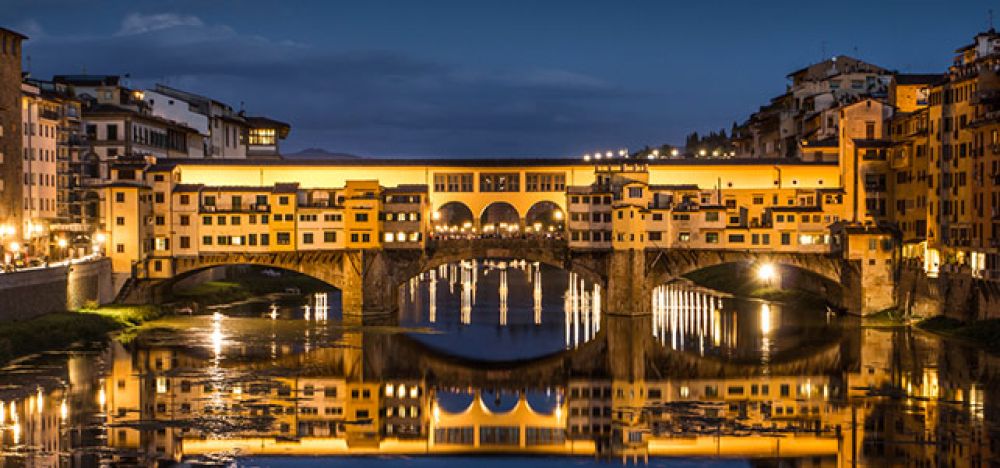

Italy's Florence, a city steeped in the grandeur of Renaissance art and architecture, is home to one of the most iconic symbols of her historical heritage: the Ponte Vecchio. Spanning the narrowest point of the Arno River, this medieval stone arch bridge is celebrated for its array of shops built upon its edges, which have been delighting visitors and locals alike for centuries.
The history of the Ponte Vecchio is a tapestry woven through the ages. The bridge as it stands today was rebuilt in 1345 after a flood destroyed the original structure. But its roots stretch further back, to Roman times, when it was constructed in wood. Through the eons, the bridge has survived numerous floods, the most devastating one in 1966, standing sentinel as Florence blossomed around it.
Known for its unique design featuring the famed corridor known as the Vasari Corridor, the bridge's importance grew when the Medici family decided to link their residence, the Palazzo Pitti, with the Uffizi – hence, the corridor was built atop the shops in the mid-16th century. The passage allowed safe and private passage for the city's rulers, an architectural feature that still draws awe for its innovation and elegance.
The allure of the Ponte Vecchio has charmed visitors since the Grand Tour era of the 17th and 18th centuries, where young aristocrats would travel through Europe, with Florence as a premier destination. During this period, the bridge's shops, traditionally occupied by butchers, were ordered by Duke Ferdinand I to be allocated to goldsmiths and jewelers to enhance the bridge's appeal and sanitation. This aesthetic upgrade ensured that Ponte Vecchio would be synonymous with the opulent. This enchanting bridge has been a must-see for any tourist, drawn not only to its architectural splendor but also to its vibrant shopfronts that offer local art, jewelry, and souvenirs.
Today, the Ponte Vecchio is not just a relic of the past but a thriving center of cultural and commercial activity. The trend of sustainable and experience-based tourism has influenced how visitors engage with this historical site. Tourists are increasingly looking for authentic local experiences, which the bridge provides through intimate jewelry boutiques and artisanal workshops where the centuries-old tradition of Florentine craftsmanship is kept alive.
In recent times, a wave of digital innovation has also impacted tourism on Ponte Vecchio. Visitors can now enjoy enhanced experiences through augmented reality apps that tell the rich stories of the bridge's past right on their smartphones. Amidst this technological evolution, the Ponte Vecchio stands as a testament to the fusion of history and modernity.
In response to pandemic-related shifts in travel behavior, the resilience of Ponte Vecchio's allure was clear, as travelers sought open-air venues allowing for social distancing while soaking in culture. The bridge, with its open vistas of the Arno and skyline of Florence, became a favored spot for those returning to the joys of travel.
From the footsteps of Grand Tour travelers to the modern wanderlust-driven tourist, Ponte Vecchio remains an unmatched historical monument that continues to evolve with the times while preserving the heart of its storied past. Where once walked nobles, now stroll travelers from all over the world, all finding the same timeless beauty in this bridge that has stood as the backdrop to Florence's history for hundreds of years.